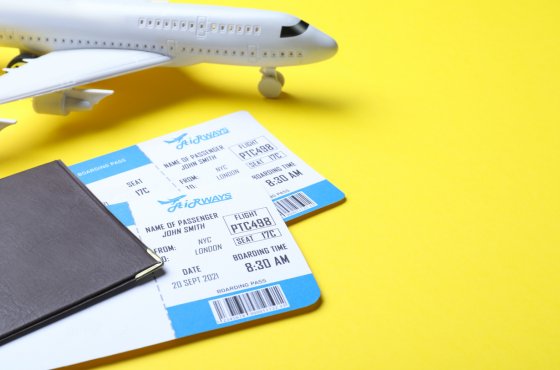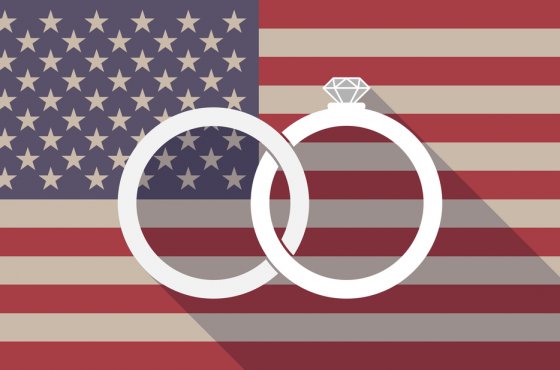Why thousands of Americans send their children to the Russian school of mathematics
The Russian school of mathematics, the American parents call the extracurricular activities exactly like this among themselves, is gaining recognition of thousands of schoolchildren and their parents across America.
In fact, the name of the after-school program is Attractive Mathematics Studio (Studio of Engaging Math), and she became Russian due to the fact that she was organized by Russian immigrants who introduced Soviet education standards, the newspaper writes WBUR.
From Newton to Brooklyn, from Dallas to San Jose, representations of the Russian school of mathematics quickly spread throughout the United States. There are a total of 40 schools, 15 of which is located in Massachusetts, where it all began. The school has 22 thousands of students.
Inessa Rifkina, a mechanical engineer from Minsk, Belarus, who founded the 20 school years ago, says that now one fifth of elementary school students study at the Russian school of mathematics.
“We are doing what the Soviets have done the best - a mathematical education, and we brought him out of this terrible closed society into the free world,” she says.
Shocking knowledge
Pupils attend school once a week. In a year, the occupation of one child costs $ 2000 to parents. The school is distinguished by rigor and a large amount of homework.
Rifkin argues that the curriculum of the Russian school is following the traditions of the Soviet educational system, which is based on thinking and a deeper understanding of things at an early stage, and not just memorization and practice. The child must understand why he performs certain actions, and not just because it is necessary.
“I think what I am doing is developing critical thinking, as well as some mathematical skills, through understanding, not memorization, trying to make it more exciting, in small groups,” says Rifkin.
Much attention is paid to the literature, which is full of references, explanations and puzzles.
In the end, if the child is faced with a task, he says “let me think,” instead of the usual “I don't understand.”
Some parents send their child to school in Russian mathematics because they are unhappy with the American school curriculum, or because their child simply loves math and wants to know more, says Professor John Star, who studies mathematical education at Harvard High School.
Some parents believe that if they do not give the child to the Russian school of mathematics, he will know the subject worst of all in the class. Begins a kind of mind race.
History in brief
The history of Russian mathematics in America begins with a real arms race between the Soviet Union and the United States during the Cold War. In order to support its science, the Soviet Union created elite schools in mathematics and physics, sending talented children there.
“Russia has a brilliant mathematical tradition,” says Honorary Professor Lauren Graham, a leading American historian of Russian science from Harvard. “There was a period in the Soviet era, when Moscow was, in my opinion, the most powerful center in mathematics in the world.”
However, in the 1970s, emigration began, mainly of Russian Jews. After the fall of the Iron Curtain, it intensified, and approximately half a million people immigrated to many areas of Boston.
Inessa Rifkin arrived with her family in 1988 from Minsk, where she worked as a mechanical engineer, to Boston. She and her husband quickly adapted: they both found work and bought a house in Newton. Life in America was beautiful, until her son Ilya in the 8 class showed a low level of math knowledge, which put her in shock.
Innes, after talking with the rest of the immigrant parents, realized that this was a problem for many children. This situation contributed to the opening of the Russian school of mathematics in 1997, where children of Russian émigrés initially studied. But with the popularization of technology and science, many American families became interested in school.
Challenge American Schools
The growth of Russian math classes can create problems for American schools. For example, when a teacher introduces a new topic, it turns out that a quarter of the students have already studied it in the school of Russian mathematics.
Some teachers believe that such extracurricular activities can affect children in a negative way. They will be too confident in their knowledge.
It is feared that extracurricular education may increase the gap in understanding of mathematics between the rich and the poor, between families who can afford $ 2000 per year for weekly after-school activities, and those that cannot.
Read also on ForumDaily:
10 community colleges, after which you will receive a salary of more than $ 100 thousand
How to learn English for free or almost for free
New rating of the best US schools
How to get a large scholarship from college
Subscribe to ForumDaily on Google NewsDo you want more important and interesting news about life in the USA and immigration to America? — support us donate! Also subscribe to our page Facebook. Select the “Priority in display” option and read us first. Also, don't forget to subscribe to our РєР ° РЅР ° Р »РІ Telegram and Instagram- there is a lot of interesting things there. And join thousands of readers ForumDaily New York — there you will find a lot of interesting and positive information about life in the metropolis.











